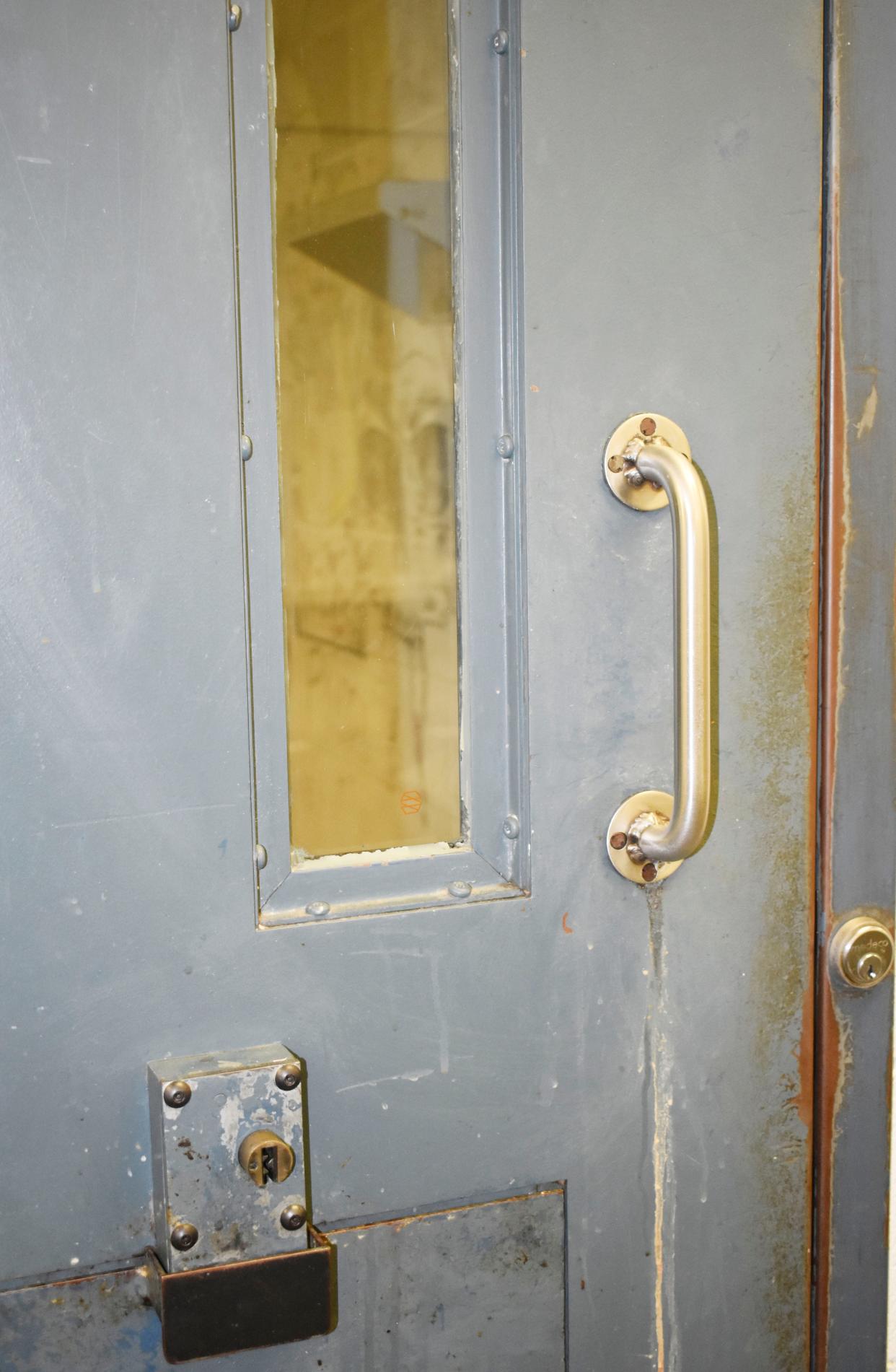Column: Want to know what a new jail will do for Monroe County? Just look at Vigo

Monroe County has been embroiled in public debate and political infighting in recent months surrounding a proposal to spend nearly $70 million to construct Phase I of a new and expanded county jail. Later phases will move the courts and other judicial services to the as-yet undetermined location. Earlier this month, county officials came under fire for misleading the public during their selection of jail architecture firm DLZ. Bloomington residents have also criticized the plan to fund the proposal through an undemocratic loophole, a Lease Revenue bond, which does not require voter approval, following the example of Marion County, which issued Lease Revenue bonds for $610 million for its new “justice campus” in 2019.
As this suggests, across Indiana local officials have ignored public input to push forward new jail construction. In 2017, a Vigo County jail construction project unfolded exactly as it is unfolding right now in Monroe. Residents of Terre Haute described how the planning process in the county was characterized by closed-door discussions and conflicts of interest, allowing the same firm, DLZ, to dictate the size and cost of the jail and then profit from its construction. Vigo’s officials funded the new jail by increasing the tax burden on working people without giving them the opportunity to vote on the decision.
'Frustrating': Monroe County commissioners suspend jail advisory committee
Vigo County even hired Dr. Kenneth Ray, the same consultant later hired in Bloomington, to evaluate the local criminal legal system. In both cases, Dr. Ray’s report did not unequivocally call for a new and expanded jail, but rather expounded a series of recommendations to reduce the number of people incarcerated: limiting arrests for low-level offenses, processing cases with greater speed, and minimizing the detention of people for technical violations. In Bloomington, these recommendations were further reinforced by a 2021 assessment arguing that many in the jail would be better served through community-based mental illness and addiction services. Officials in Bloomington have consistently refused to follow the recommendations of the reports they themselves commissioned.
Proponents of the new jail argue that it is necessary for the care and safety of the jail population. However, jails in any form can carry deadly consequences: some of Indiana’s highest rates of jail deaths have occurred in facilities with conditions that largely meet state standards. In fact, locking someone up for as little as two days creates serious harms — ones that reverberate out into the greater community in the form of unstable family environments, the loss of housing and employment, and financial insecurity. These high costs of incarceration do not buy communities safety. Time and time again, studies have failed to link jail time to improvements in public safety.
In Monroe County, as across the country, the majority of people in jail are pretrial, meaning presumed innocent and in jail largely because they cannot afford bail. In 2021, the most common reasons for bookings were overwhelmingly low-level and non-violent: missing a court date or violating probation. Those locked up in the jail are the community’s most vulnerable. Up to 80% are estimated to be suffering mental illness and substance use disorders.
In a recent presentation to Monroe County, DLZ representatives lauded the success of the new facility they built in Vigo County. They failed to mention the man who died in the jail within a month of its opening, illustrating that jail sentences can quickly turn into death sentences, even in brand new facilities. According to a citizen’s group in Vigo, this tragedy was unsurprising given the systemic medical neglect observed in the local jail system.
Additionally, although DLZ marketed the new Vigo County facility as the solution to jail crowding, news reports from late last year note that it was technically overcrowded before it even opened. In an unsettling echo of a failed solution attempted in 2001, the county simply did it again: expanded its jail capacity and immediately overfilled it — due in part to unusually (read: unnecessarily) high rates of criminalization especially for drug and traffic offenses. Vigo County is not a success but a warning: without addressing root causes of incarceration, counties are setting themselves up for repeated cycles of jail construction, as they scramble to build more infrastructure to accommodate the consequences of punitive policies and practices. As former Monroe County Jail Commander Sam Crowe aptly summarized, “If you build it, they're gonna fill it.”
By investing in a new and expanded facility in Bloomington, officials are turning a blind eye to both the overwhelming evidence on the harms of jail and the numerous alternatives outlined by residents and independent experts. Bypassing community input to spend millions of public dollars on the county’s ability to lock people up takes money away from resources residents desperately need such as mental health counseling, substance use treatment, and affordable housing.
Through public investment decisions, a county plans for its future. Monroe County need not follow in the footsteps of Vigo County and the other Indiana counties that have bet on rising rates of criminalization and punishment. This junction could instead represent a crucial turning point for the county to break the cycles of jail expansion and incarceration unfolding across the state and invest local resources to pioneer a new future: one that prioritizes safety and care for all its residents.
Jessica Zhang is a research analyst at the Vera Institute of Justice and Leigh Grundhoefer is a Unionville member of the Monroe County grassroots organizing collective Care Not Cages.
This article originally appeared on The Herald-Times: Columnists argue Monroe County should invest in people, not a new jail

